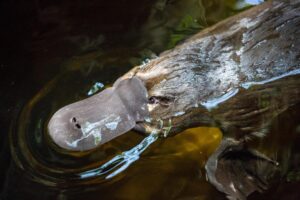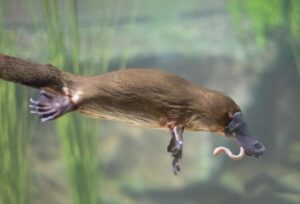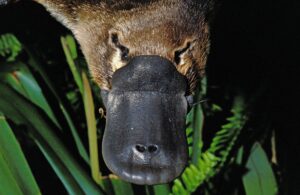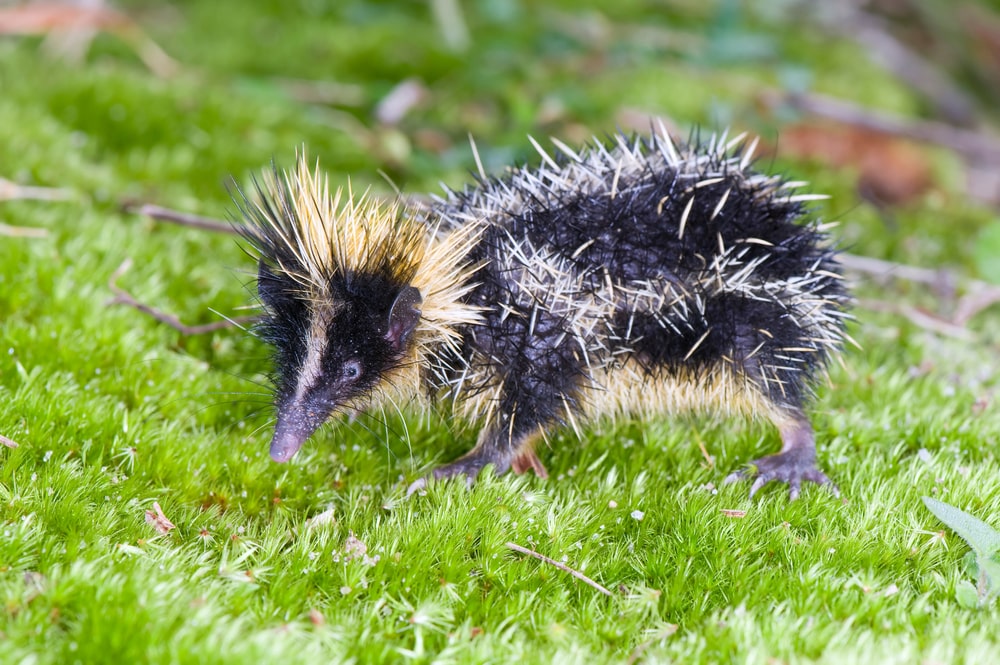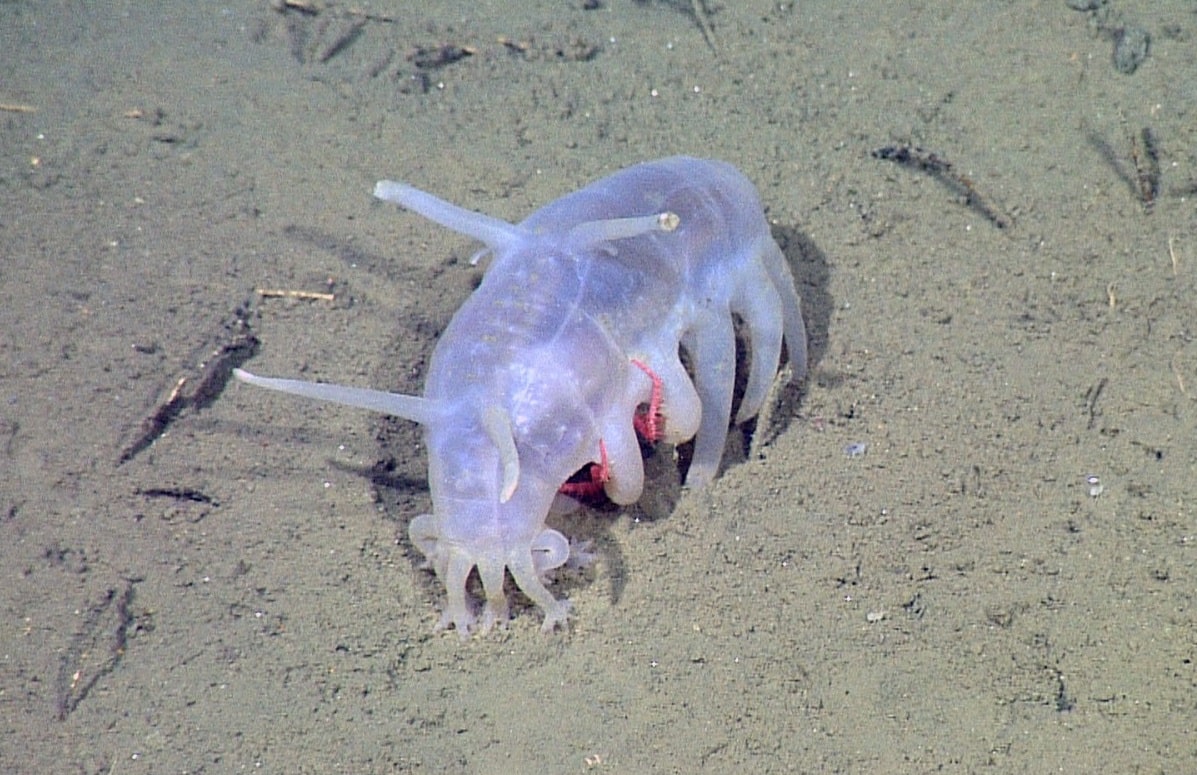Egg-laying Duck-billed Platypus, What is a Platypus Venom?
Finally, we have a creature (duck-billed platypus) that is so unique that following its discovery several centuries ago and researchers believed it to be part of an elaborate hoax.
Duck-billed Platypus
The duck-billed platypus defied what we knew about evolution at the time and yet the fact that it laid eggs wasn’t discovered until about a hundred years later the Platypus shares traits with both reptiles, birds, and mammals and its appearance is a mash-up of all of them for one the males have venomous Spurs one of the only venomous mammals on the planet that shoot out from its hind legs.
The female duck-billed platypus lactate milk for their young yet they have no nipples to do so their distinctive. Bill is technically a superpower of its own and can sense its environment through electrical currents in the air and water it has webbed feet to swim and a paddle tail like a beaver and scientists are still scratching their heads to discover just exactly how this creature came to be it’s certainly among the most unique animals to have ever lived. Well there we have ten unique duck-billed platypus animals you won’t believe exist.
The platypus
It looks like a science experiment is gone. horribly wrong, like someone put a beaver and a duck and transmogrification chamber, in fact, the first time Scientists saw a platypus specimen. They thought it was a crude joke being played on them by someone who had stitched bits and pieces of dead animals together, it’s It is not hard to see why platypuses are completely weird.
Egg laying mammals
Duck-billed Platypus are monotremes, which means there are mammals that lay eggs.
Yes, one of the defining features of us mammals that we Give live birth to our young, even those crazy marsupials, not quite mammals that we have already talked Give birth to live babies, not monotremes. The eggs come out of their cloaca just like birds, and they have webbed feet and a bill just like birds, and they walk on land with their legs on the sides of their bodies just like freaking reptiles. but they produce milk, have hair, and neocortex in their brain, just like mammals Odd pusses are usually seen in the water.
They dig elaborate burrows near the water’s edge and forage aquatic Lea searching for insects larvae crayfish whatever along the bottom, but not like Birds do, oh no, that would be far too. normal for the platypus when they are underwater, they actually close their eyes and ears, and use electrolocation to find food, this awesome superpower relies on electro-receptors in their bill to pick up electrical signals from their prey once they catch that prey they hold it in their cheek pouches and grind it up using bits of gravel that they ingest.
That’s because, wait for it, they have no teeth; of course they don’t, but they also have no nipples. They’re mammals and produce milk, but they have no nipples. Instead, they sort of sweat out their milk which mother’s abdomen so the babies can wake It’s not over yet, ladies. do the milk-sweating thing, but the males have something special of their own, have sharp spurs like a backward face and claws on their hind feet that are waiting for it venomous, yes, if you piss off a male platypus you are in for a world of hurt.
What is a Platypus Venom?
Literally, their venom will kill you, but The cane has been described as excruciating and can last for months as an added bonus. The pain doesn’t respond. to morphine What fun! So how did these bizarre Animals evolve, and it turns out that Australia was full of monotremes way back in the day, platypus-like animals have been identified in the fossil record over 61 One million years ago, a fossil was discovered in Australia, revealing a giant platypus that was twice the size of our current platypus.
So, yeah, a big giant when those Upstart marsupials invaded Australia. They pushed the monotremes out of the ones that survived took to the water, where Marsupials couldn’t go, and they are still there.
